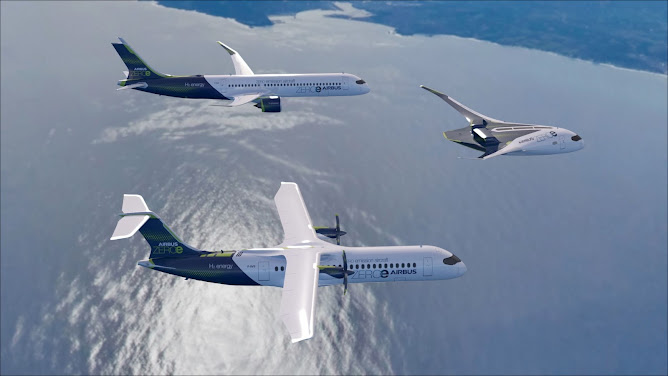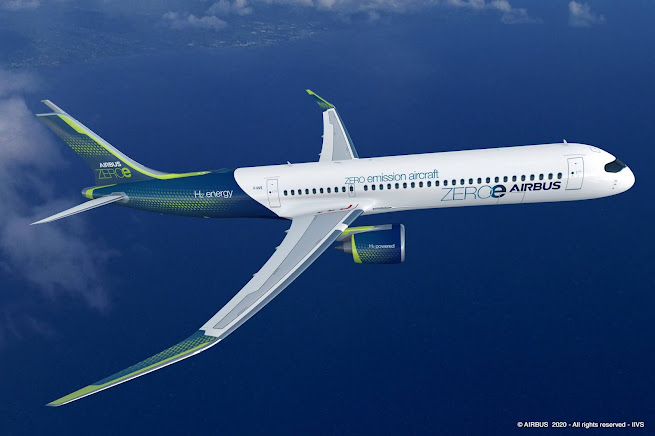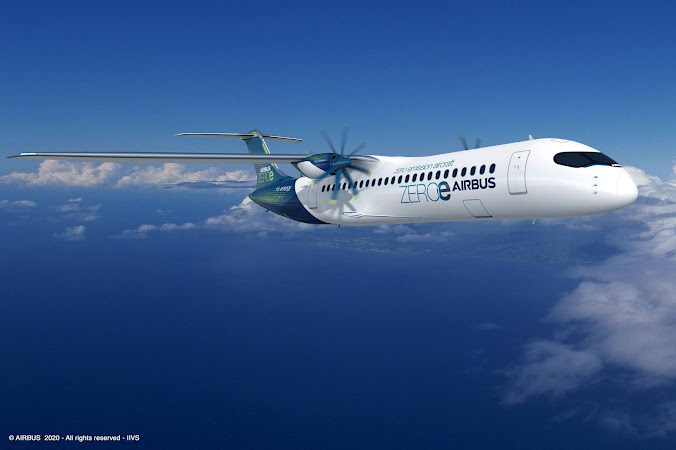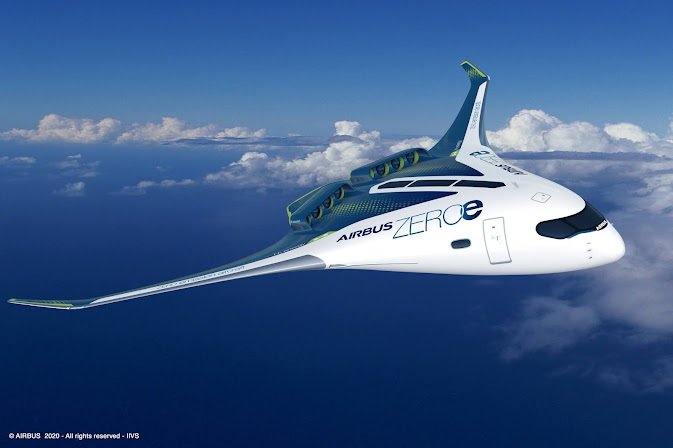- General
- September 22, 2020
- 7 minutes read
Airbus Debuts Zero-Carbon Plane Concepts
Photo credit: Airbus Aircraft manufacturer Airbus has unveiled three concepts of zero-emission commercial aircraft that it says could enter into…
 |
| Photo credit: Airbus |
Aircraft manufacturer Airbus has unveiled three concepts of zero-emission commercial aircraft that it says could enter into use by 2035. The three zero-emission concepts, with a general codename “ZEROe”, include a turbofan engine design, a turboprop engine design, and a “blended-wing body” design. The turbofan design is made to fit between 120-200 passengers, the turboprop for up to 100 passengers, and the “blended-wing body” for up to 200 passengers. Airbus is debuting these concepts as part of efforts to tackle environmental pollution, given that planes although necessary for quick and easy global movement are one of the biggest environmental polluters worldwide. Airbus has given a timeline of 15 years from now that these concepts could be put into service, but being a concept, there’s no guarantee that’ll they eventually be adopted.
ZEROe turbofan:
 |
| Photo credit: Airbus |
This design, with a turbofan engine, is made to fit between 120 to 200 air passengers and with a range of 2,000+ nautical miles. It’s powered by a modified gas-turbine engine running on hydrogen rather than jet fuel. The liquid hydrogen needed to power the plane will be stored and distributed via tanks located beside the plane’s aft pressure bulkhead.
ZEROe turboprop:
 |
| Photo credit: Airbus |
This design makes use of a turboprop engine instead of a turbofan and is also powered by hydrogen combustion in modified gas-turbine engines. It’ll pack a range of more than 1,000 nautical miles, ideal for short-haul trips unlike the turbofan which is ideal for longer trips with its range of 2,000+ nautical miles.
ZEROe “Blended-wing body”:
 |
| Photo credit: Airbus |
This “blended-wing body” design is made to fit up to 200 passengers. It has a unique design in which the wings merge with the main body of the aircraft to give way for an unusually wide fuselage. Airbus touts this particular design as one that’ll open up multiple options for hydrogen storage and distribution as well as cabin design.
These planes are for now still concepts, with no certainty of viability or practicality. Airbus says it’ll explore and build further on the designs over the next 15 years, with a possible target of taking the concepts from design to product.








1 Comments
This comment has been removed by a blog administrator.